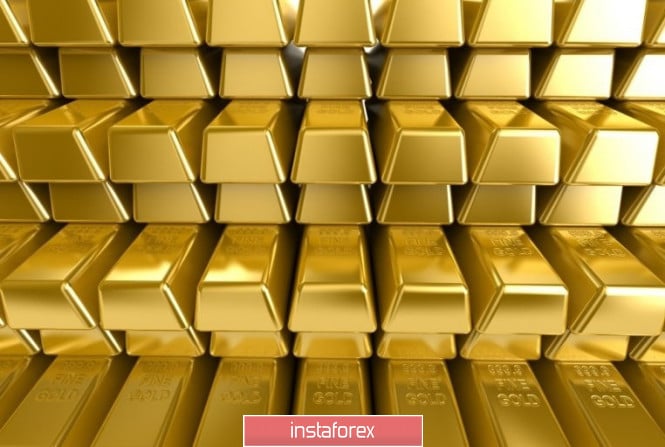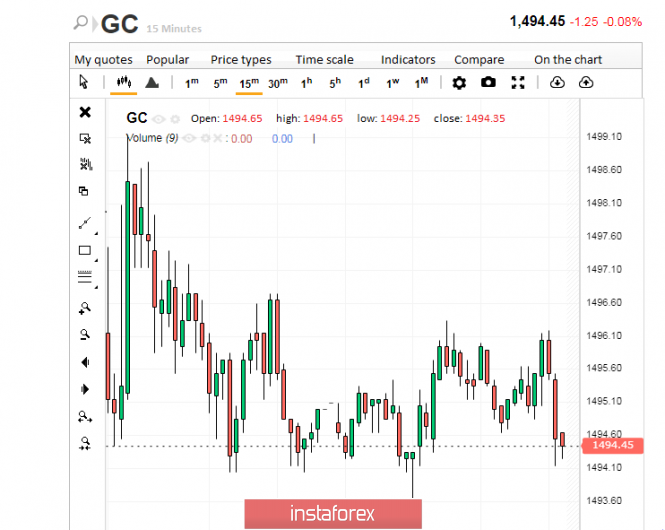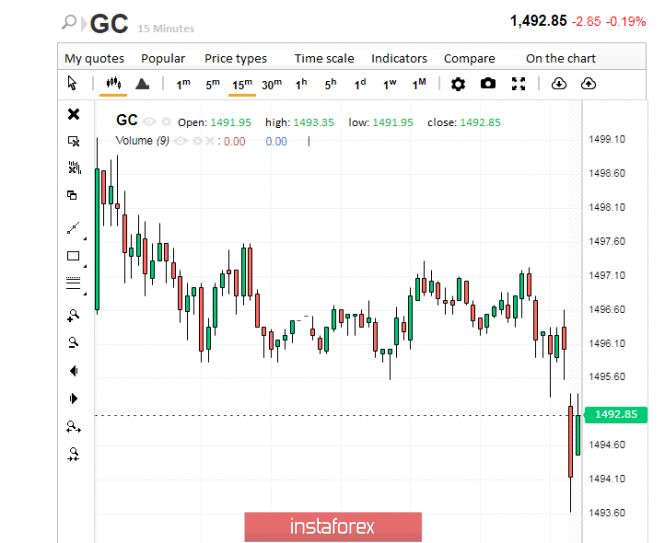
The market has never questioned the importance of gold. The yellow metal is considered one of the key components of any trader's investment portfolio. However, the current year clearly indicated the high demand and importance of precious metals.
According to the observations of several analysts, gold was on a pedestal in 2019. It has become one of the most important assets. Confirmation of this is the sharply increased price of precious metals. Analysts consider the current policy of world central banks aimed at a total reduction in interest rates to be the reason for this price spurt. The global market is periodically storming, which worries investors who are fleeing into defensive assets. The main safe haven asset is still considered to be gold, which is time-tested.
Many experts conclude that at the moment the precious metal has become a mandatory attribute of any investment portfolio. This point of view is held by the leading currency strategist Peter Grosskopf. He emphasizes that this year gold has won the lion's share of the market and is not going to stop there. Both world central banks and large investors are actively building up gold reserves, the analyst notes.
Last month, the yellow metal reached a six-year high amid growing demand for defensive assets. The reasons for this, experts consider the reduction in interest rates by the Federal Reserve and the appeal of world regulators to super-soft monetary policy. According to analysts, this triggered a rapid increase in investments in exchange-traded funds secured by gold. "Soft monetary policy, as well as negative interest rates, do not stimulate economic activity so that the economic growth rate of countries exceeds the growth rate of debt," P. Grosskopf notes. According to the expert, the Federal Reserve put a check and check in this game, and gold entered the arena, which is now an obligatory portfolio asset.
Over the past few months, the value of the yellow metal has shown impressive growth, and silver has followed up. In 2019, the price of gold increased by 16%. In the first month of autumn, the precious metal reached $1,557 per ounce, which is the limit since 2013. On Wednesday, October 23, immediate-delivery gold futures were trading near $1,492 per ounce. On Thursday morning, October 24, the price of the yellow metal did not rise above $1,494 per ounce.

Precious metal market experts draw attention to the strong correlation of the European currency with gold and silver. They fear a bullish rally in emerging stock markets, as investors can start selling precious metals in this case. This could trigger a drop in the price of gold and the European currency, analysts said. Over the past two weeks, the yellow metal has consolidated at a strong record resistance level of $1,490 per ounce, which until recently acted as a support. At the moment, the asset is trading within the range of $1491– $1492 per ounce, maintaining its gained position and confidently making its way to the next peaks.

This year has become a litmus test for the global economy, analysts said. The danger of the onset of the economic crisis came close, and the strong depreciation of fiat currencies became apparent. The current strategy of central banks has created a false idea of successfully overcoming the crisis, but now this soap bubble is ready to burst. According to analysts, the time has come for real assets, namely gold and silver. Their monetary value will play a key role in the coming years, they said. The debt burden in the global economy will continue to grow, and this will provide significant support to precious metals. Gold and silver will become alternative currencies for a wide range of investors, analysts summarize.
The material has been provided by InstaForex Company - www.instaforex.com